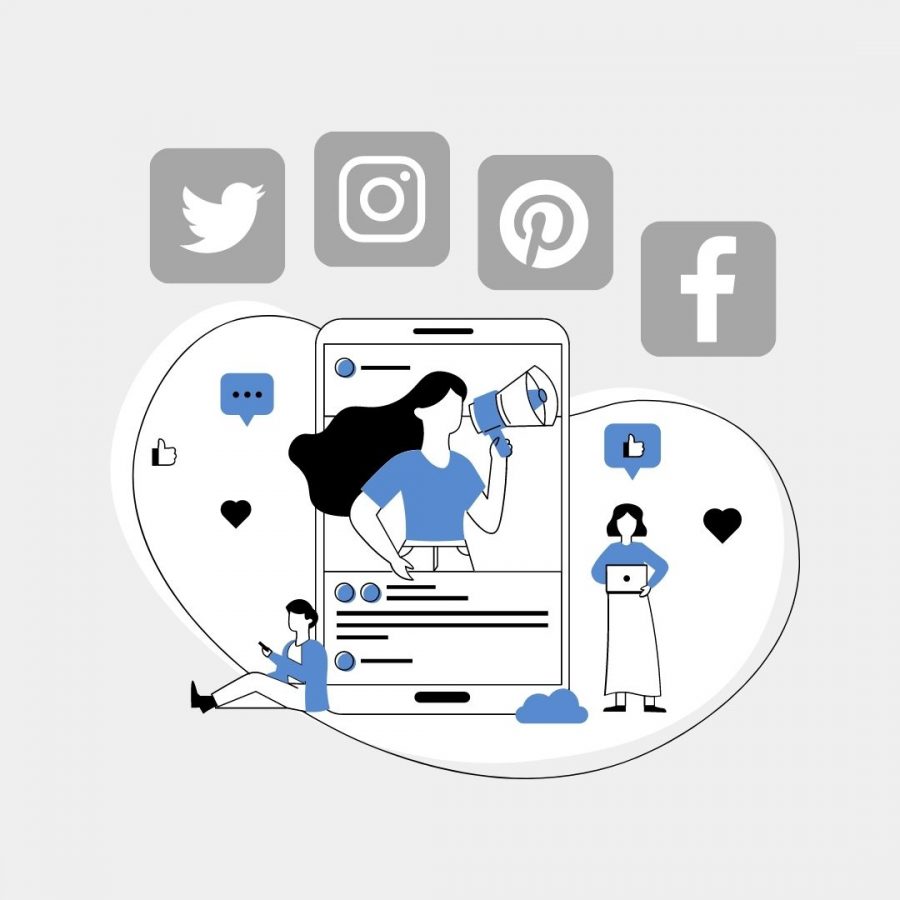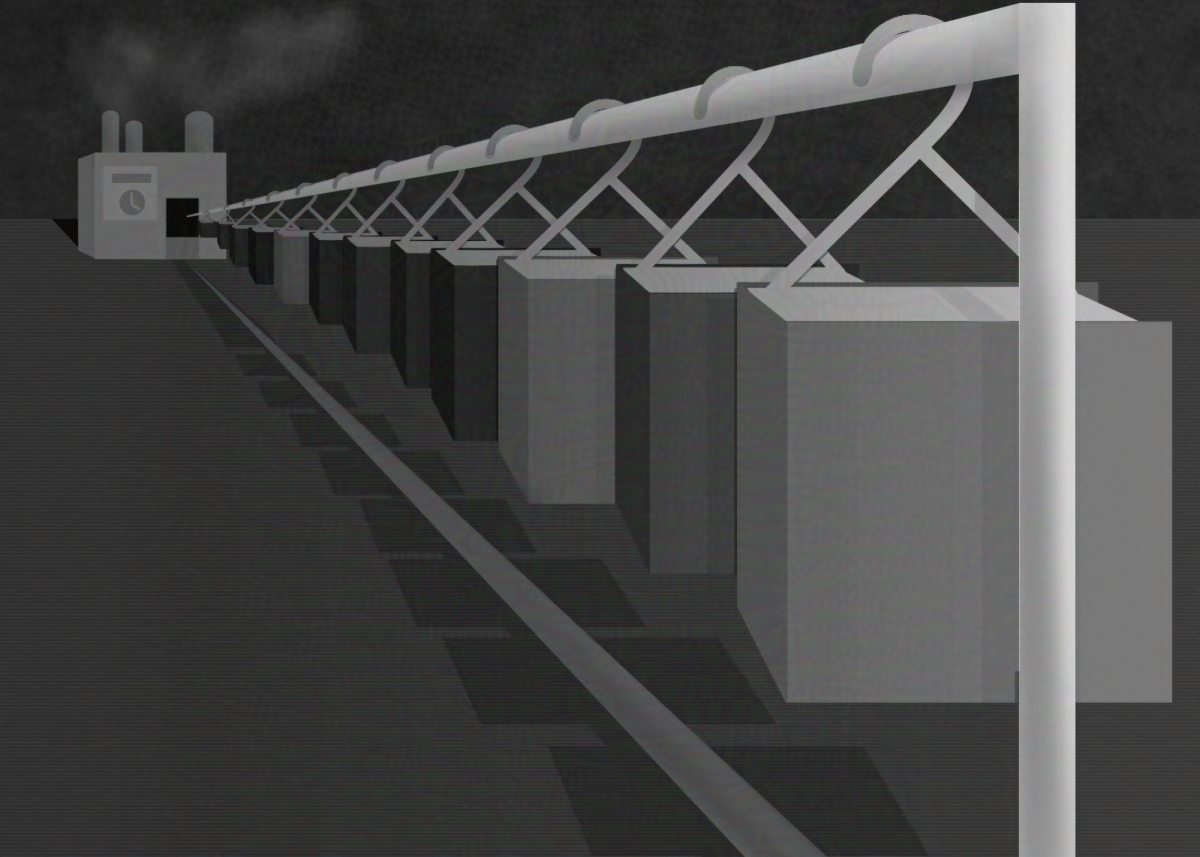This year has been a whirlwind, but if there’s something we all have in common – aside from living in the midst of a pandemic – it’s our mutual exposure to a new age of activism. Modern social movements have transitioned online, much like the rest of our lives. With social media platforms remaining at the forefront of online communication, it has become more important than ever to reevaluate why and how we use these platforms, especially as they pertain to social movements.
Instagram, with its incredibly platform-specific-spread, has mini slideshows of infographics. Twitter and Facebook both have catchy headlines and quips, bites of information from a wide range of credible and not-so-credible sources. Almost every form of social media has a way to disseminate information in bite-size chunks; that function is central to its purpose as social media. This is fine, except when it comes to activism.
There are two sides to online activism: there are those who want to appear like they care about a cause, and there are those who actually do. A lot of the former tend to fall into the brand/celebrity/influencer category.
In a digital age where social consciousness has become social capital, short bites of information have become a saving grace for the casual activist. Social media, for many, has become a tool to participate in social movements and keep up appearances without making any substantial effort to support a cause. This sort of performative activism has become especially prevalent this year and is dominated by individuals and companies who use trending social movements to boost their online presence and popularity. Far from being an individual problem, this use of social media is something most of us have likely come into contact with, and is something we cannot likely prevent; however, it is more important now than ever to be critical of the media that we consume, especially when that media is taking essential social movements and using them for material or corporate gain.
Take the Black Lives Matter movement for example. Influencers who, when it was popular, put “BLM” in their bio, who posted a black square for #blackouttuesday, and who have been silent since then, are the pinnacle of performative activism. The continued aestheticization of our social movements is incredibly damaging, most of all to the movements themselves. Think about Hello Kitty ACAB, Tiktok activism and especially the fear-mongering and glorification of war in the days leading up to the U.S. election, among countless other examples. When people engage in social movements out of a thinly-veiled desire to be trendy, that participation ceases to become activism.
This is not to say that individuals who engage in activism on social media do so with ill-intentions, or that online activism is always bad. The other side of online activism, one that actually cares about social movements, can be effective and even informative, a good way to spread awareness and engage with different causes. However, we should strive to be mindful of how we’re participating in activism online, and recognize when a good thing is no longer a good thing.
For the people who truly care about a cause, social media activism can be a double-edged sword. It can be a good place to spread awareness, but because of the fast-paced nature of social media many individuals try to care about every cause that comes across their feed. This continuous exposure is exhausting. Well-intentioned, passionate individuals may become burned out of activism by trying to be good allies.
But what makes a good ally?
Good allyship comes from devoting time to the cause you care about, from turning your passion for that cause into action. This doesn’t have to be extensive or even take place online. Just educating yourself on a topic you’re unfamiliar with or talking with the people around you makes all the difference.
When we define good allyship in this way, it becomes clearer how online activism can hinder our efforts. When we feel bombarded by mountains of social problems, all demanding our time, money and energy, it becomes impossible to engage meaningfully with almost any of it — unless you’re really good at compartmentalizing. Instead of focusing on one area that we really care about, many of us become stressed, anxious, and paralyzed, unable to act because we feel we have to give everything an equal amount of ourselves.
Beyond just our place in a social movement, we must consider the impact of social media activism on the movements themselves. Social media burnout, far from being an individual issue, can cause entire movements to lose traction. Back in June and July, we were all incensed over the treatment of Black Americans. We were then and we should be now, but like everything else it has lost momentum — not just because of oversaturation — but because of the big question mark that hangs over all of social media activism: what do we do after we post?
This is precisely why social media should be the starting point — not the endpoint — of our activism: it cannot possibly capture it all. The majority of an individual’s influence lies outside social media in the shape of volunteer work, education, and conversation. We all have the ability to make an impact, and the place where that ability is greatest is not necessarily, or even primarily, online.
So what do we do after we post? We pick something to focus on and give what we can. We take the time and energy we would normally spend carefully crafting stories, tweets and posts, and divert it into real action and real change.
Riley Martinez is a sophomore studying sociology.







